Grape growing secrets unlocked! Imagine strolling through your own backyard vineyard, plucking sun-ripened grapes bursting with flavor. Sounds like a dream, right? Well, it doesn’t have to be! For centuries, grapes have been cultivated, from ancient Egypt where they were prized for winemaking to the sprawling vineyards of modern-day Europe and beyond. But you don’t need a sprawling estate to enjoy the fruits (literally!) of your labor.
I’m here to tell you that with a few clever DIY tricks and a little know-how, you can successfully grow grapes right in your own home garden, even if you’re a complete beginner. Forget complicated setups and expensive equipment. This article is packed with easy-to-follow tips and hacks that will transform your backyard into a thriving grape oasis.
Why do you need these grape growing secrets? Because store-bought grapes simply can’t compare to the taste and satisfaction of harvesting your own. Plus, growing your own food is a fantastic way to connect with nature, reduce your carbon footprint, and enjoy fresh, healthy produce. So, grab your gardening gloves, and let’s dive into the wonderful world of home grape cultivation!
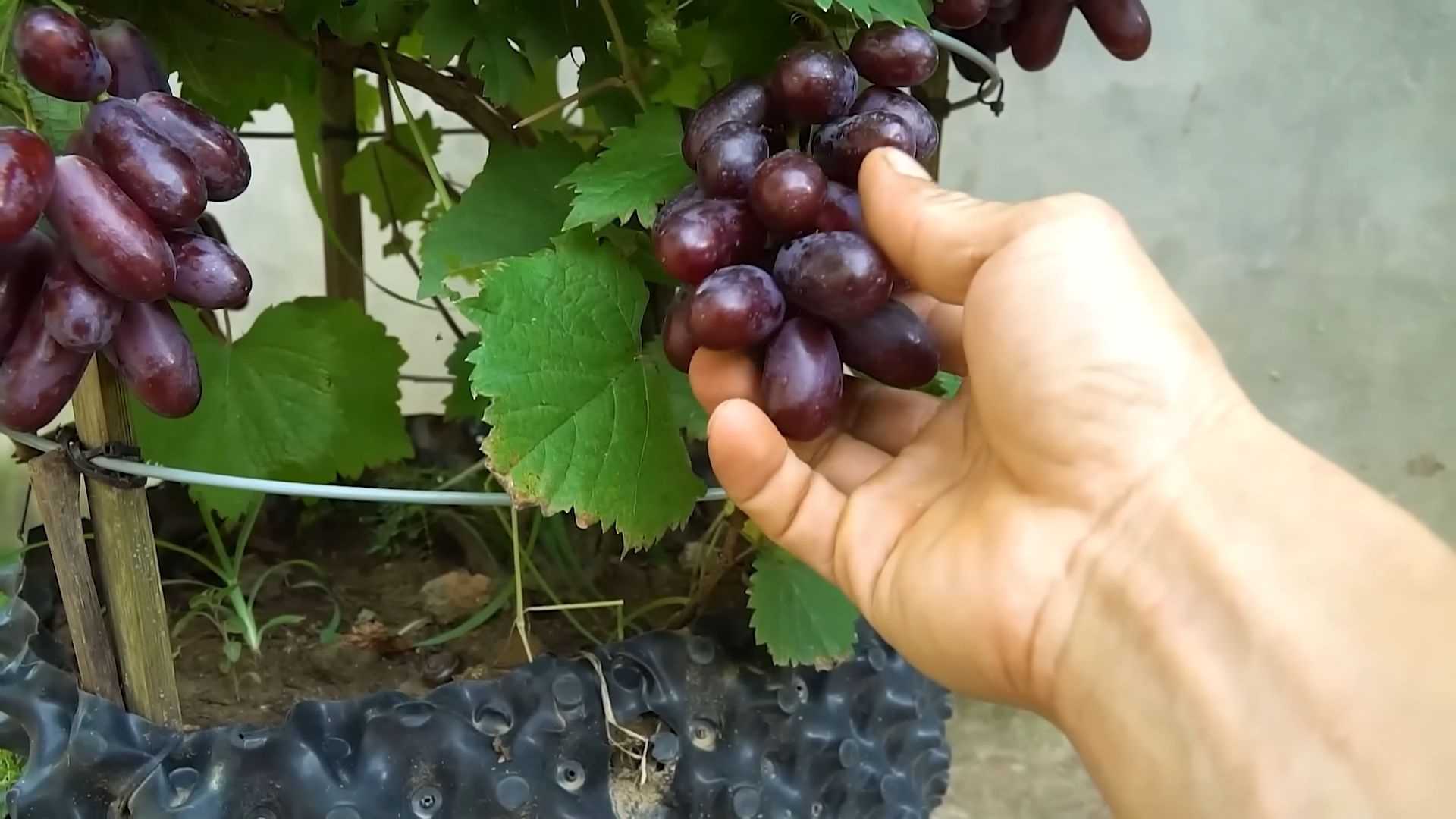
Unlocking the Secrets to Bountiful Grape Growing: A DIY Guide
Hey there, fellow garden enthusiasts! Ever dreamed of plucking juicy, sun-ripened grapes straight from your own backyard vine? Well, you’re in the right place! Growing grapes can seem intimidating, but trust me, with a little know-how and some elbow grease, you can transform your garden into a mini-vineyard. I’m going to share my secrets to successful grape growing, breaking it down into easy-to-follow steps. Let’s get started!
Choosing the Right Grape Variety
Before you even think about digging a hole, you need to pick the perfect grape variety for your climate and taste. This is crucial!
* Climate Considerations: Grapes are surprisingly adaptable, but some varieties thrive in warmer climates while others are more cold-hardy. Research which grapes are recommended for your USDA hardiness zone. Local nurseries are a fantastic resource for this!
* Table Grapes vs. Wine Grapes: Table grapes are generally larger, sweeter, and have thinner skins, making them ideal for eating fresh. Wine grapes, on the other hand, are smaller, have thicker skins, and a higher sugar-to-acid ratio, perfect for winemaking.
* Seedless vs. Seeded: This is purely a matter of personal preference. Seedless grapes are convenient for snacking, but some people find that seeded grapes have a richer flavor.
* Disease Resistance: Look for varieties that are resistant to common grape diseases like powdery mildew, downy mildew, and black rot. This will save you a lot of headaches (and fungicide applications) down the road. Some popular disease-resistant varieties include ‘Reliance’ (seedless red table grape), ‘Marquis’ (seedless white table grape), and ‘Concord’ (seeded blue juice grape).
Preparing the Planting Site
Grapes need plenty of sunshine and well-drained soil to thrive. Think of them as sun-worshippers who hate soggy feet!
* Sunlight: Choose a location that receives at least 6-8 hours of direct sunlight per day. More is better!
* Soil Drainage: Grapes are very susceptible to root rot in poorly drained soil. If your soil is heavy clay, you’ll need to amend it with plenty of organic matter, such as compost, well-rotted manure, or peat moss. You can also consider planting on a raised bed to improve drainage.
* Soil pH: Grapes prefer a slightly acidic soil pH of around 6.0-7.0. You can test your soil pH with a home testing kit or send a sample to your local agricultural extension office for professional analysis. Amend the soil as needed to achieve the optimal pH level.
* Spacing: Grapevines need plenty of room to grow. Space them 8-10 feet apart in rows that are 10-12 feet apart. This will allow for good air circulation and prevent overcrowding.
Planting Your Grapevines
Now for the fun part – getting those vines in the ground!
1. Timing is Key: The best time to plant grapevines is in early spring, after the last frost, or in late fall, before the ground freezes.
2. Dig the Hole: Dig a hole that is twice as wide and just as deep as the root ball of your grapevine.
3. Amend the Soil: Mix some compost or well-rotted manure into the soil you removed from the hole. This will provide your grapevine with essential nutrients and improve soil drainage.
4. Plant the Vine: Gently remove the grapevine from its container and loosen any circling roots. Place the vine in the hole, making sure that the top of the root ball is level with the surrounding soil.
5. Backfill the Hole: Backfill the hole with the amended soil, gently tamping it down to remove any air pockets.
6. Water Thoroughly: Water the newly planted grapevine thoroughly to help settle the soil and encourage root growth.
7. Mulch: Apply a layer of mulch around the base of the vine to help retain moisture, suppress weeds, and regulate soil temperature. Use organic mulch such as straw, wood chips, or shredded bark. Keep the mulch a few inches away from the trunk of the vine to prevent rot.
Training and Pruning Your Grapevines
This is where things get a little more technical, but don’t worry, I’ll walk you through it. Training and pruning are essential for shaping your grapevines, maximizing fruit production, and preventing disease.
Year 1: Establishing the Trunk
The first year is all about establishing a strong trunk.
1. Choose a Training System: There are several different training systems for grapes, but the most common are the single-trunk cordon and the double-trunk cordon. I recommend starting with the single-trunk cordon, as it’s easier to manage.
2. Install a Support System: You’ll need a sturdy trellis or stake to support your grapevine. A simple T-trellis is a good option for home gardeners.
3. Select the Strongest Shoot: As your grapevine grows, select the strongest, most upright shoot to become the main trunk.
4. Tie the Shoot to the Support: Gently tie the selected shoot to the trellis or stake using soft twine or plant ties.
5. Remove All Other Shoots: Remove all other shoots that emerge from the base of the vine. This will direct all of the plant’s energy into developing the main trunk.
6. Pinch Back the Tip: Once the main trunk reaches the desired height (usually around 3-4 feet), pinch back the tip to encourage lateral growth.
Year 2: Developing the Cordon
In the second year, you’ll start developing the cordon, which is the horizontal arm of the grapevine from which the fruiting shoots will grow.
1. Select Two Lateral Shoots: Choose two strong lateral shoots that are growing in opposite directions from the main trunk. These will become the cordons.
2. Tie the Lateral Shoots to the Trellis: Gently tie the lateral shoots to the trellis, extending them horizontally along the wire.
3. Remove All Other Shoots: Remove all other shoots that emerge from the trunk or cordons.
4. Pinch Back the Tips: Once the cordons reach the desired length (usually around 3-4 feet each), pinch back the tips to encourage the development of fruiting spurs.
Year 3 and Beyond: Pruning for Fruit Production
From the third year onward, you’ll be pruning your grapevines to maximize fruit production. This is typically done in late winter or early spring, before the buds begin to swell.
1. Identify Fruiting Spurs: Fruiting spurs are short, stubby shoots that grow from the cordons. These are where the grapes will develop.
2. Prune Back to 2-3 Buds: Prune each fruiting spur back to 2-3 buds. This will ensure that the vine produces high-quality grapes.
3. Remove Dead or Diseased Wood: Remove any dead, diseased, or damaged wood from the vine.
4. Thin Out Overcrowded Areas: Thin out any areas that are overcrowded with shoots. This will improve air circulation and prevent disease.
5. Renewal Spurs: Leave a few one-bud renewal spurs along the cordon. These will produce new fruiting spurs for the following year.
Watering and Fertilizing
Grapes need consistent watering, especially during dry periods.
* Watering: Water deeply and regularly, especially during the first year after planting. Once established, grapevines are relatively drought-tolerant, but they still need supplemental watering during dry spells. Aim for about 1 inch of water per week.
* Fertilizing: Fertilize your grapevines in early spring with a balanced fertilizer, such as 10-10-10. Follow the instructions on the fertilizer label. You can also amend the soil with compost or well-rotted manure to provide a slow-release source of nutrients. Avoid over-fertilizing, as this can lead to excessive vegetative growth and reduced fruit production.
Pest and Disease Control
Keep an eye out for common grape pests and diseases.
* Common Pests: Grape phylloxera, Japanese beetles, and grape berry moths are common grape pests. Monitor your vines regularly and take action if you see signs of infestation. Insecticidal soap, neem oil, and Bacillus thuringiensis (Bt) are effective organic control options.
* Common Diseases: Powdery mildew, downy mildew, and black rot are common grape diseases. These diseases are more prevalent in humid climates. Improve air circulation by pruning your vines properly and avoid overhead watering. Fungicides can be used to control these diseases, but it’s best to choose disease-resistant varieties in the first place.
* Prevention is Key: The best way to control pests and diseases is to prevent them from occurring in the first place. Choose disease-resistant varieties, provide good
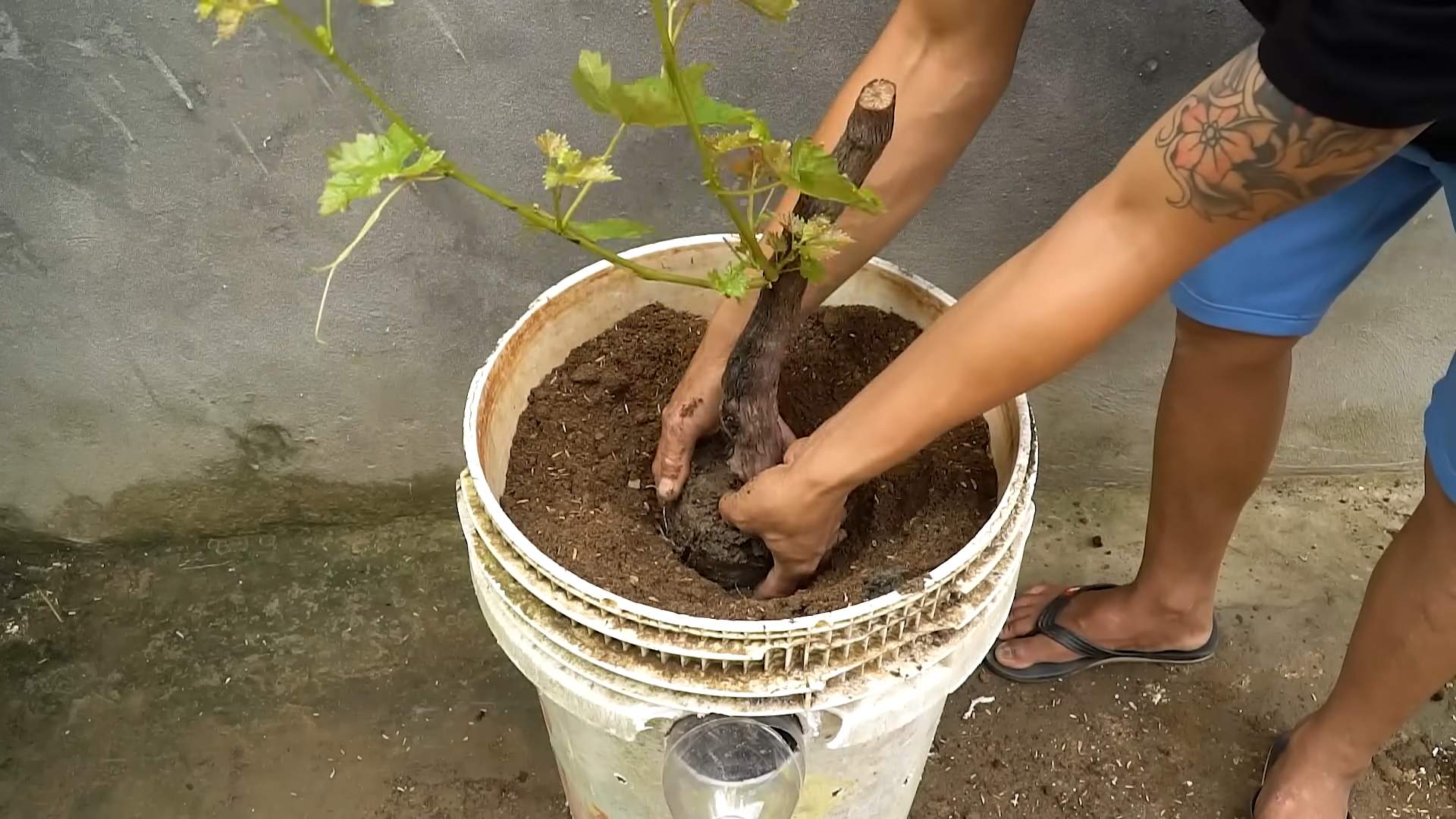
Conclusion
So, there you have it! Unlocking the secrets to successful grape growing isn’t about expensive equipment or years of horticultural training. It’s about understanding the plant’s needs and implementing a few clever, cost-effective strategies. This DIY approach, focusing on [Grape Growing Secrets], empowers you to cultivate thriving vines and enjoy a bountiful harvest, regardless of your experience level.
Why is this a must-try? Because it’s accessible, adaptable, and yields tangible results. Imagine the satisfaction of harvesting your own grapes, knowing you nurtured them from tiny buds to plump, juicy fruits. Think of the delicious homemade jams, jellies, and even wines you can create with your homegrown bounty. This isn’t just about growing grapes; it’s about connecting with nature, learning a new skill, and enjoying the fruits (literally!) of your labor.
But don’t stop there! Experiment with different grape varieties to find the perfect fit for your climate and taste preferences. Try different training methods, like the cordon or cane system, to optimize sunlight exposure and airflow. Consider companion planting with herbs like basil or oregano to deter pests and enhance the flavor of your grapes. You can even explore organic pest control methods, such as introducing beneficial insects or using neem oil sprays.
The beauty of this DIY approach is its flexibility. You can tailor it to your specific needs and resources. Whether you’re a seasoned gardener or a complete beginner, these [Grape Growing Secrets] will provide you with the foundation you need to succeed.
We encourage you to give these techniques a try and share your experiences with us! Let us know what worked best for you, what challenges you encountered, and any tips or tricks you discovered along the way. Your feedback will help us refine these methods and empower even more people to enjoy the rewarding experience of growing their own grapes. Share your photos and stories on our social media channels using #DIYGrapeGrowing or leave a comment below. Let’s build a community of grape-growing enthusiasts and learn from each other’s successes and failures.
Don’t be intimidated by the prospect of growing grapes. With a little knowledge, patience, and these [Grape Growing Secrets], you can transform your backyard into a thriving vineyard and enjoy the delicious rewards for years to come. So, grab your gardening gloves, get ready to get your hands dirty, and embark on this exciting journey of grape cultivation!
Frequently Asked Questions (FAQ)
What are the most important factors for successful grape growing?
The most crucial factors include sunlight, soil drainage, proper pruning, and pest/disease control. Grapes need at least 6-8 hours of direct sunlight per day. Well-draining soil is essential to prevent root rot. Regular pruning is necessary to maintain vine shape, promote airflow, and maximize fruit production. Finally, monitoring for pests and diseases and taking appropriate action is vital for a healthy harvest.
What type of soil is best for growing grapes?
Grapes thrive in well-draining soil with a slightly acidic to neutral pH (around 6.0-7.0). Loamy or sandy loam soils are ideal because they allow for good drainage and aeration. Heavy clay soils can be amended with organic matter, such as compost or aged manure, to improve drainage and structure. A soil test can help determine your soil’s pH and nutrient levels, allowing you to make necessary amendments.
How often should I water my grapevines?
Watering frequency depends on the climate, soil type, and age of the vine. Young vines need more frequent watering than established vines. Generally, water deeply but infrequently, allowing the soil to dry out slightly between waterings. During dry periods, water thoroughly once or twice a week. Avoid overwatering, as this can lead to root rot. Drip irrigation is an excellent way to deliver water directly to the roots and minimize water waste.
When is the best time to plant grapevines?
The best time to plant grapevines is typically in early spring or late fall, when the vines are dormant. This allows the roots to establish themselves before the growing season begins. If planting in the spring, wait until after the last frost. If planting in the fall, give the vines enough time to establish roots before the ground freezes.
How do I prune my grapevines?
Pruning is essential for grape production. The timing and method of pruning depend on the grape variety and training system. Generally, dormant pruning is done in late winter or early spring, before the buds begin to swell. Remove dead, damaged, or diseased wood. Thin out the vine to improve airflow and sunlight penetration. Leave only the strongest and healthiest canes or spurs, depending on the training system. Consult a grape-growing guide or local expert for specific pruning instructions for your grape variety.
What are some common grape pests and diseases, and how can I control them?
Common grape pests include aphids, Japanese beetles, grape phylloxera, and spider mites. Common diseases include powdery mildew, downy mildew, black rot, and botrytis bunch rot. Integrated pest management (IPM) strategies can help control pests and diseases. These strategies include monitoring for pests and diseases, using resistant grape varieties, promoting good airflow, removing infected plant material, and using organic or chemical controls as a last resort.
Can I grow grapes in containers?
Yes, you can grow grapes in containers, but it requires careful attention to watering, fertilization, and pruning. Choose a large container with good drainage. Use a well-draining potting mix. Select a grape variety that is suitable for container growing, such as dwarf or compact varieties. Water regularly, especially during hot weather. Fertilize regularly with a balanced fertilizer. Prune the vine to maintain its shape and size.
How long does it take for grapevines to produce fruit?
Grapevines typically take 2-3 years to produce a significant crop of fruit. The first year after planting, the vine will focus on root development. The second year, you may get a small harvest. The third year, you should get a more substantial harvest. Full production is usually reached in 4-5 years.
What are some good grape varieties for beginners?
Some good grape varieties for beginners include Concord, Niagara, and Reliance (seedless). These varieties are relatively easy to grow and are resistant to many common grape diseases. They are also cold-hardy, making them suitable for cooler climates.
How do I know when my grapes are ripe?
The best way to determine if your grapes are ripe is to taste them. Ripe grapes will be sweet and juicy, with a balanced flavor. The color of the grapes will also change as they ripen. The seeds will turn brown. You can also use a refractometer to measure the sugar content of the grapes. A sugar content of 18-24% is generally considered ripe for table grapes.

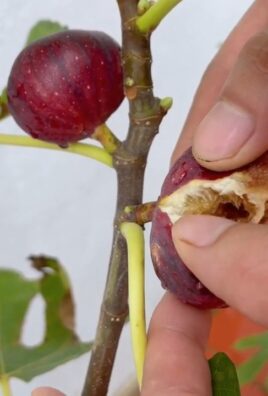
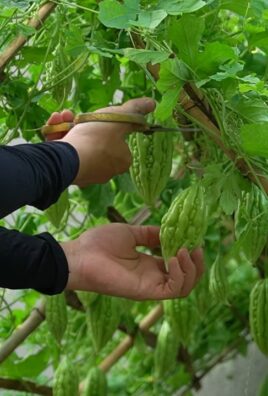
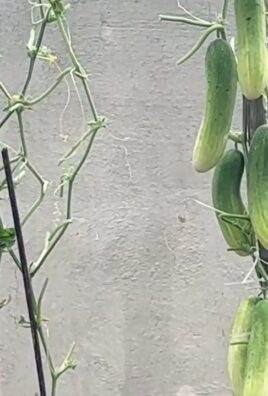
Leave a Comment